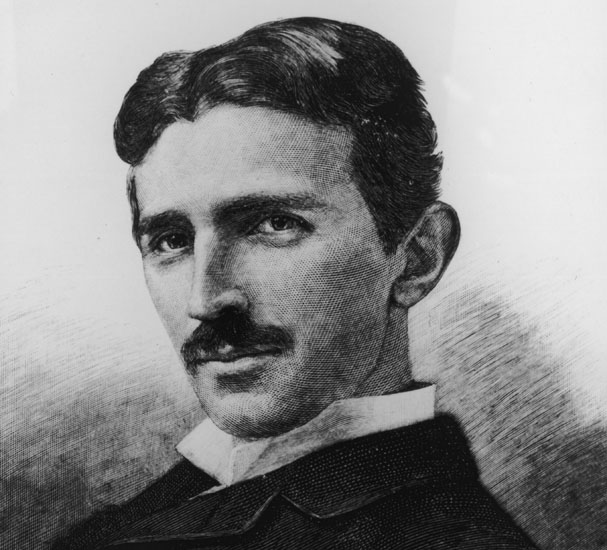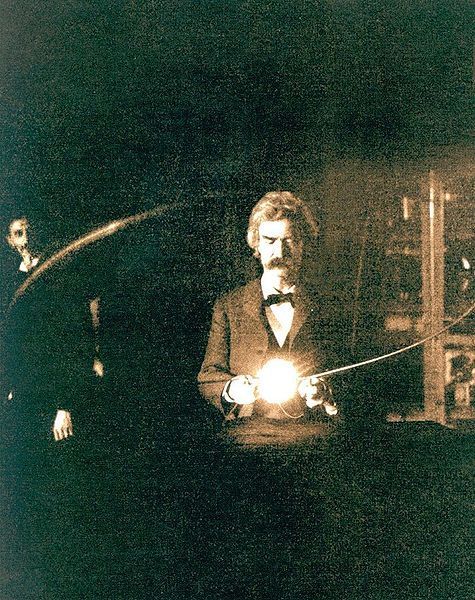httpv://www.youtube.com/watch?v=n8H7Jibx-c0
In 1945, the U.S. government tested the first nuclear bomb ever. The first experiment in Los Alamos was led by J. Robert Oppenheimer, the “father” of the atomic bomb. As the blast went off, Oppenheimer became aware of the terrifying power of the nuclear bomb and of mankind’s inability to entirely comprehend the implications of this invention. In the above sequence Oppenheimer recalled the sacred Hindu scripture Bhagavad Gita: “Vishnu is trying to persuade the Prince that he should do his duty and to impress him takes on his multi-armed form and says, ‘Now I am become Death, the destroyer of worlds.'”
Today, around the world there are more than 23000 nuclear weapons. Many people agree that there should be zero. The New START Treaty, a bilateral nuclear arms reduction treaty between the United States and the Russian Federation, was signed in Prague on April 8th, 2010.
A new feature length documentary film by Lucy Walker “Countdown to Zero” traces the history of the atomic bomb and makes the case for worldwide nuclear disarmament. It premiered at Sundance and screened in the Cannes Official Selection earlier this year. You can preview an excerpt with a quick introduction to Oppenheimer, the man behind the bomb, featuring interviews from the documentary film. Let’s count down to zero!









